Moving to Milan, Italy
Welcome to Milan, where design, finance, and deep tech click
Milan is Italy’s business pulse and Europe’s style lab, fusing finance, design, fashion, and research into one fast-moving ecosystem. As the engine of Lombardy, Italy’s top-performing region, Milan keeps outpacing national growth thanks to major investments in digitalization and energy efficiency. For ambitious professionals, it’s the place to find opportunity and enjoy life’s finer things. investinlombardy.com
The city’s tech scene is booming, concentrating nearly half of Italy’s startup value. Recent research ranks Milan among Europe’s fastest-growing hubs, connecting engineers, data experts, and product builders with a dense web of startups, investors, and corporate innovators.
Upgraded infrastructure keeps the city moving. The new M4 “Blue” metro line links Linate Airport with Milan’s center and western districts, slashing travel times and boosting its 15-minute city vision. Add frequent connections from Malpensa and Linate’s expanded capacity, and European travel has never been smoother.
Innovation thrives in hubs like MIND Milano Innovation District, uniting life sciences, deep tech, and research, and the Fintech District, Italy’s biggest hub for finance-driven tech. These communities offer ready-made networks and collaboration opportunities for newcomers.
Milan also nurtures talent through world-class universities like Politecnico di Milano, a leader in engineering and tech, and Bocconi University, a global powerhouse in business and management. Together they fuel a steady pipeline of forward-thinking graduates and leaders.
For those relocating, Milan balances high-energy careers with everyday ease. Efficient transport, compact neighborhoods, and a vibrant cultural and dining scene make it easy to feel at home fast. Still evolving demographically, Milan continues to attract international talent eager to join northern Italy’s most dynamic market.
Lifestyle and Culture
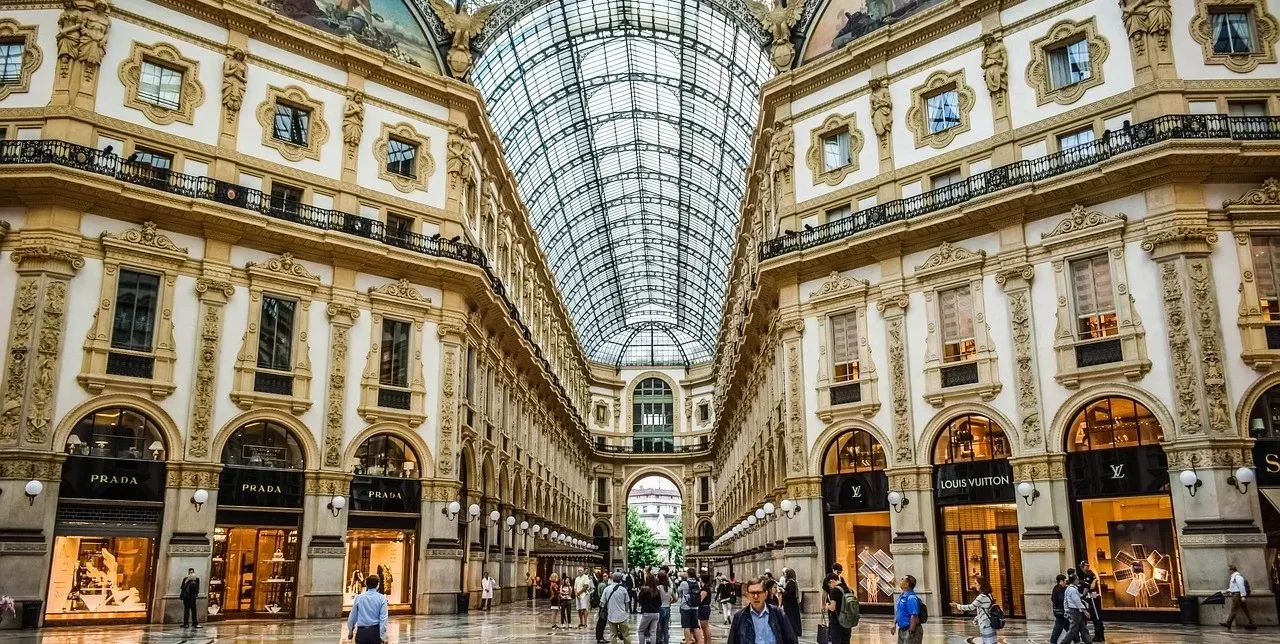
City lifestyle
Milan runs on espresso, ideas, and aperitivo. Workdays tend to start earlier than in southern Italy and many teams keep a crisp schedule, which helps a strong after-work social rhythm around canalside bars, design showrooms, and neighborhood trattorias. The calendar is loaded year round with citywide happenings like Fashion Weeks, Design Week, Piano City, and art fairs, so newcomers can plug in quickly to a cosmopolitan crowd spanning tech, design, and finance. For remote workers and founders, the connectivity is excellent and international communities cluster around central districts such as Porta Nuova, Isola, and Porta Venezia.
Tips for tech professionals: base near the M2 or M5 metro for easy hops to Porta Garibaldi and Porta Nuova, where many startups and corporate innovation offices sit. Tips for families: lean into Milan’s weekly rhythm, where afternoons in parks and early evening aperitivo spots are family friendly, especially around quieter Navigli backstreets and Parco Sempione. Event listings from the city’s official tourism portal make weekend planning simple. Yes Milano
Cultural highlights and attractions
- Duomo di Milano and its rooftop terraces offer the city’s most iconic view. The cathedral complex and museum are impeccably organized for visitors.
- La Scala opens its opera season each year on 7 December, Saint Ambrose Day, an event that blends civic tradition and high culture. Seats sell out early and the piazza becomes a citywide stage.
- Castello Sforzesco anchors the historic core with multiple civic museums, including Michelangelo’s Pietà Rondanini, and easy access to Parco Sempione.
- Pinacoteca di Brera has expanded with the Grande Brera project at Palazzo Citterio, strengthening the museum’s role as a cultural hub.
- Museo Nazionale Scienza e Tecnologia “Leonardo da Vinci” is Italy’s largest science and technology museum, great for curious kids and adults.
- Milano Design Week and Salone del Mobile transform the city each April, mixing trade fair showcases at Fiera Milano with immersive installations across neighborhoods during Fuorisalone. For anyone in product, UX, or hardware, it is the week to network.
- Year-round, the city’s official events calendar covers everything from Fashion Weeks to Piano City and neighborhood festivals, while big-name concerts keep venues busy.
Popular neighborhoods
-
Porta Nuova & Isola
Sleek towers, pedestrian plazas, and pocket parks define Milan’s modern business heart. Young professionals in tech and finance love the short walk to Garibaldi Station, coworking spaces, and after-work dining in Isola’s side streets. Expect new-build apartments, high energy, and fast commutes to offices around Piazza Gae Aulenti.
-
Navigli & Porta Genova
The canals district is a creative magnet with vintage markets, galleries, and a legendary aperitivo scene. Housing mixes renovated lofts, historic walk-ups, and compact studios. Families gravitate to quieter blocks off the main canals, while creatives enjoy late hours and event density.
-
Brera & Centro Storico
Artistic, central, and elegant. Brera’s cobblestones and galleries sit beside the Pinacoteca and a short stroll from the Duomo and La Scala. Expect premium rents, classic Milanese palazzi, and boutique living suited to executives and culture lovers.
-
Porta Venezia
A lively, inclusive district with beautiful Liberty-style buildings, cafés, and quick links to the center on multiple metro lines. Popular with international residents and digital professionals who want a central base with character.
-
CityLife & Fiera
A master-planned residential area with striking contemporary architecture, large green spaces, and shopping. Good for families seeking modern amenities and playgrounds with straightforward access to offices across the northwest corridor.
-
Porta Romana
South-central, well connected, and increasingly on the radar thanks to redevelopment and easy links to Bocconi. Balanced day-to-night vibe, with housing options from classic courtyards to refurbished flats.
-
Città Studi
East-side academic district near Politecnico campuses. More residential and budget friendly, with student energy, quick tram rides to the center, and green streets that suit young families.
Practical note for planners: align moves with major event weeks, since Design Week and Fashion Weeks compress availability and nudge short-term prices up across central districts. The city’s event pages help anticipate those peak dates.
Cost of Living
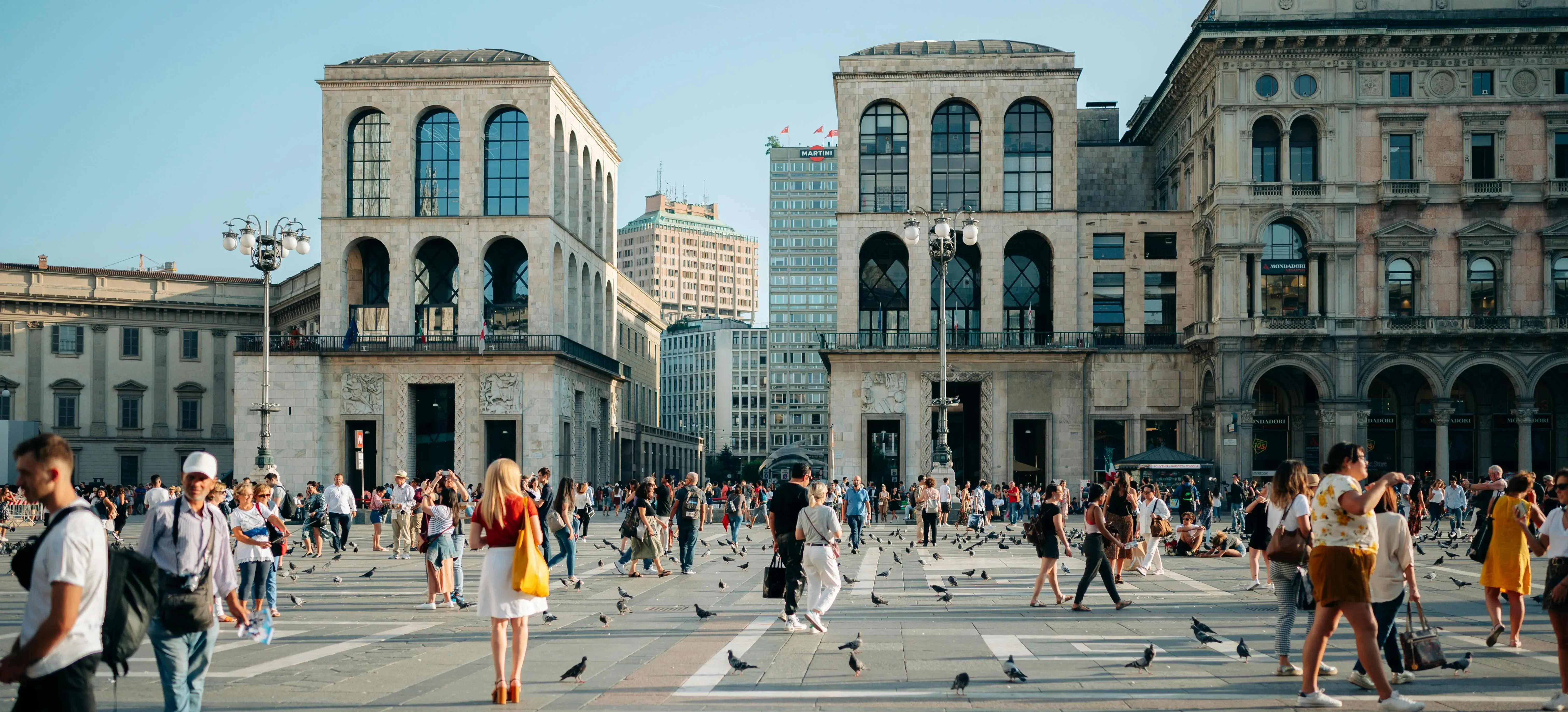
Breakdown of major expenses
-
Housing
Rent is the big-ticket item. Milan’s asking prices average €23–€24 per m² per month, the highest in Italy. A typical 50 m² one-bedroom in a central spot lands around €1,150–€1,250 before utilities. Larger family flats climb fast. Recent trackers peg Milan at €23.7 per m² versus a national €14.7–€14.9 per m².
-
Utilities
For an 80–90 m² flat, a realistic monthly bundle for electricity, heating, water, and waste is €160–€220 depending on building efficiency and habits. Benchmark prices suggest household electricity at €0.29–€0.37 per kWh in late 2025 and residential gas around €0.15–€0.17 per kWh. Gas-heated homes should expect winter spikes.
-
Internet and mobile
Fiber is widespread. A 1 Gbps home plan usually runs €24–€30 per month. Generous mobile data plans typically sit at €8–€15 per month.
-
Public transport
The standard ATM monthly pass for the urban area is €39. The under-27 pass is €22. Single tickets for zones Mi1–Mi3 cost €2.20 and last 90 minutes across metro, trams, and buses.
Smart move: if you routinely travel beyond city limits, check STIBM zone prices before choosing a pass.
-
Food and groceries
Everyday basket, Milan style: milk 1 L ~ €1.49, 12 eggs ~ €4.20, fresh bread ~ €2.20, chicken breast 500 g ~ €5.50, apples 1 lb ~ €1.10, tomatoes 1 lb ~ €1.60. Eating out ranges from €20 for a simple meal to €80 for a mid-range three-course dinner for two.
-
Leisure
Cinema tickets are usually €9–€11 at first-run theaters. Gym memberships often land around €60–€80 per month.
-
Fuel
Unleaded petrol typically sits at €1.70–€1.90 per liter in the city. Drivers should also budget for ZTL rules, parking, and insurance.
Helpful primary sources: ATM’s official pages cover monthly pass and single ticket fares, and Idealista’s market notes chart Milan rents versus the national average.
Comparison
-
Against the Italian average
On rent alone, Milan is roughly 60 percent or more above the national mean per square meter. National trackers show Italy at ~€14.7–€14.9 per m² compared with ~€23–€24 per m² in Milan. Inflation has stayed moderate in 2025, with ISTAT’s September figure at HICP +1.8 percent year on year, which keeps most non-housing costs steadier than in 2022 and 2023.
-
Versus other European hubs
Overall consumer prices and rents are lower than Paris and Zurich, yet higher than many German cities. For many movers, that means better value than France or Switzerland, with a premium compared with most of Germany.
Average Salaries in Tech
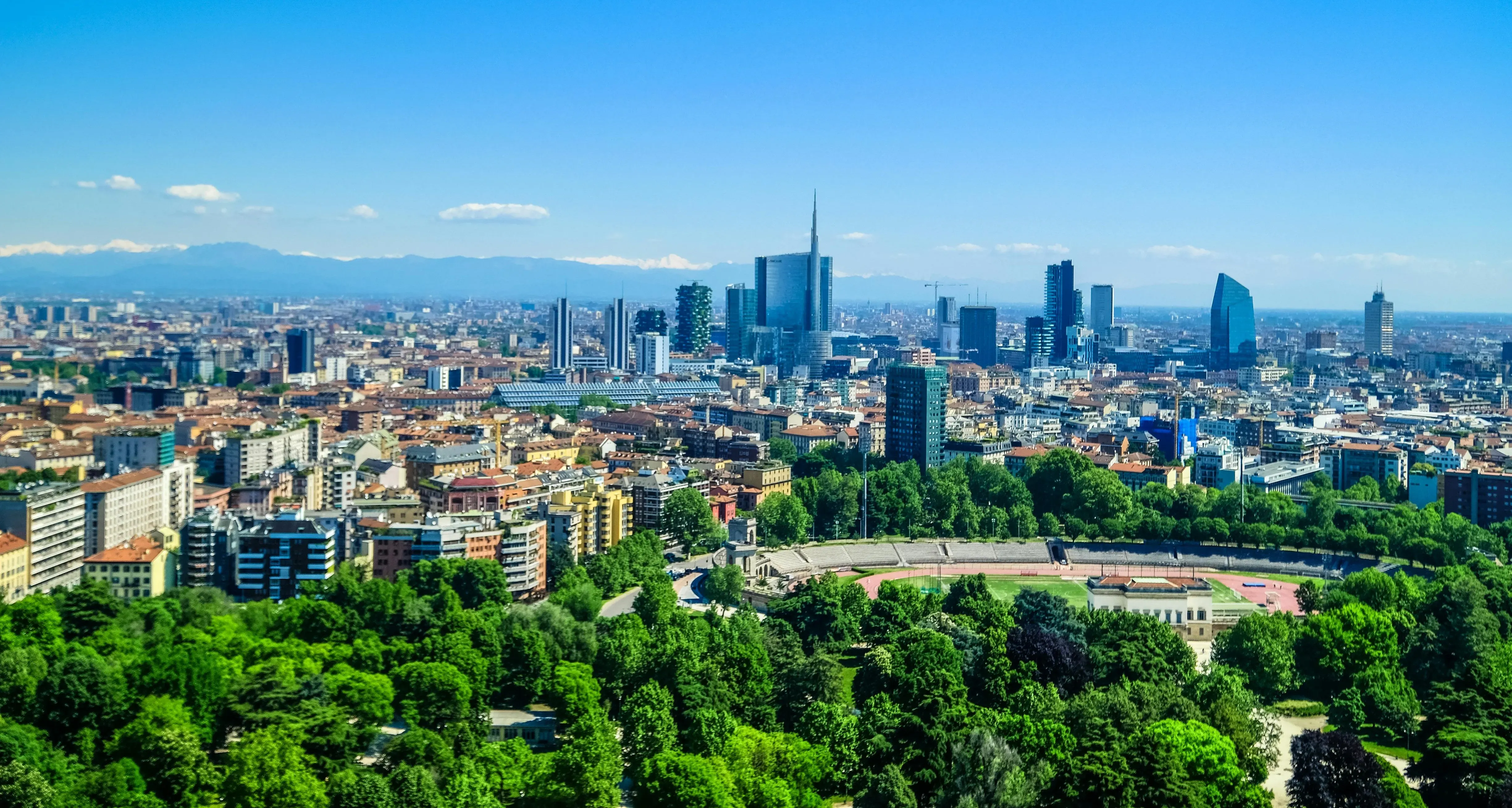
Salary ranges in Milan
Figures below reflect current market snapshots in late 2025. Ranges indicate typical total annual gross pay before tax.
-
Software Engineer
Entry level typically lands around €30k–€38k, mid level around €38k–€50k, and senior roles commonly €50k–€65k+ depending on stack and company size. Recent Milan-specific benchmarks place the average near €36k–€38k, with the 75th percentile around €46k–€48k and the 90th percentile near €60k–€66k.
-
DevOps / Platform Engineer
Entry level typically €40k–€47k, mid level €47k–€56k, senior €56k–€70k for cloud-heavy environments. Market references point to Milan averages around €46k–€66k depending on seniority.
-
Data Scientist
Entry roles usually €32k–€38k, mid €38k–€46k, senior €46k–€60k in product or AI teams. Milan data sets show medians around €37k–€38k, with upper quartiles in the €44k–€55k band.
-
Data Analyst
Entry €28k–€32k, mid €32k–€41k, senior €41k–€55k when paired with SQL, Python and stakeholder-facing work. Current Milan averages cluster near €32k–€33k with a 75th percentile close to €41k.
-
QA / Test Engineer
Entry €28k–€34k, mid €34k–€45k, senior €45k–€60k for automation-heavy roles. Milan samples place the average around €37k–€38k with top brackets near €50k–€62k.
Why the outlook is confident
Politecnico di Milano reports 97 percent of Master’s graduates employed within one year and 99 percent after five years, a strong signal of demand. Ongoing investment in cloud and AI infrastructure centered on Milan continues to pull in software, data, and platform talent.
How Milan compares
-
Versus Italy overall
Tech pay in Milan generally sits above national averages. ISTAT places average gross annual earnings around €36k–€40k by sector, so mid level engineers in Milan typically meet or exceed the national mean. Senior roles move well beyond it.
-
Versus other European hubs
Median pay trails Paris and Berlin, although the gap shrinks once housing costs are considered. Crowd-sourced medians show software engineers around €60k–€65k in Paris and €78k–€80k in Berlin versus €36k–€38k in Milan. Senior bands in Paris and Berlin also stretch higher.
Practical takeaways
- Packages in Milan are still base-salary first. Equity or RSUs appear mainly in multinationals, fintech, and late-stage scaleups. Use the upper quartiles above to estimate where bonus and on-call pay can lift totals.
- The strongest premiums are for cloud skills, data platforms, and MLOps. These align with Milan’s expansion in data centers and AI.
- Early career talent from Politecnico and Bocconi-linked programs sees fast absorption and quick progression, which helps offset entry-level bands compared with northern Europe.
Family-Friendliness
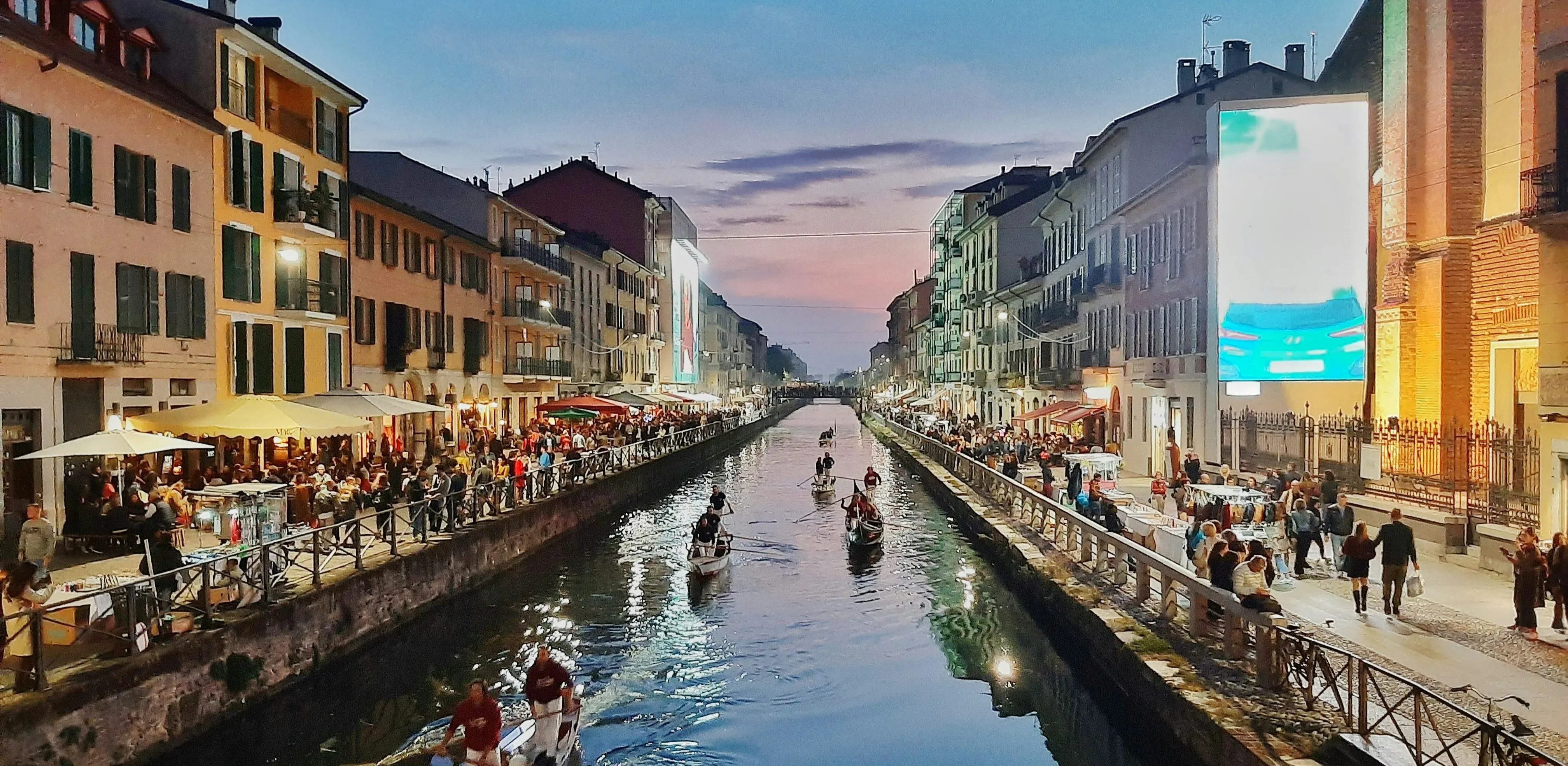
Overview of family services
Schooling options
Milan makes family logistics feel organized from day one. The city runs a complete pathway from public preschools to high school, plus a strong selection of international campuses. For ages 0 to 6, municipal nidi d’infanzia and scuole dell’infanzia open online enrollment each winter, with clear guidance on eligibility, documents, and late applications for both the 0–3 and 3–6 tracks. Start with the Comune di Milano pages for nidi and scuola dell’infanzia, which also explain how municipal nurseries operate day to day.
Primary and lower secondary enrollment in the public system is handled on Italy’s national portal and requires a digital ID. The city’s English guide points families straight to unica.istruzione.gov.it, so the process is straightforward.
International options are plentiful for those who want continuity across moves. Standout choices include the American School of Milan near Noverasco, St. Louis School, and the International School of Milan, all with IB pathways. Francophone families gravitate to Lycée Stendhal de Milan in Via Laveno, part of the AEFE network. Most of these schools run bus routes that serve popular expat neighborhoods, which simplifies daily routines.
Healthcare
Peace of mind comes from an excellent mother and child network. The Ospedale dei Bambini “Vittore Buzzi” serves as Milan’s dedicated pediatric hospital with a broad range of specialties. For maternity, the Clinica Mangiagalli at Policlinico di Milano offers specialized centers for prenatal care, high risk pregnancies, and delivery. Together they form a trusted care pathway from bump to baby to childhood.
Parks, play areas, and after-school life
Weekends write themselves. Big, central parks like Parco Sempione and the Giardini Indro Montanelli are easy to reach by tram or metro and come packed with lawns, shaded paths, and playgrounds. The municipality maintains a citywide network of aree gioco with clear rules for children up to 12. Community programs such as Play Kit regularly animate squares with activities, keeping younger kids busy and social.
Childcare and early years tips
Municipal nursery places are popular. Save the annual February application window, prepare documents early, and keep a shortlist of private nidi as a backup. Families arriving midyear can use the city’s guidance on late applications to find available spots without losing momentum.
Appealing features for families
-
Easy weekend routines in the center
A stroller friendly loop connects Castello Sforzesco, Parco Sempione, and the Triennale lawns, with playground pauses and picnic patches along the way. The city’s park guide helps match green spaces to your neighborhood and pace.
-
Culture that works for kids
Science and design museums sit close to major parks, which makes half day outings simple to plan around naps. Pair exhibits with playtime in the Giardini Indro Montanelli or a snack in Brera, then head home on a single tram or metro ride.
-
Trusted care network
A dedicated pediatric ER at Buzzi and a well known maternity pathway at Mangiagalli give parents a clear plan for both routine and complex needs. Save emergency numbers and hospital addresses as soon as you arrive.
-
Neighborhoods that feel comfortable with children
CityLife and Città Studi offer calmer streets, playgrounds, and fast metro links. Families who love historic character often choose Porta Romana or quieter Navigli backstreets for a balance of green pockets and quick trips to school and activities. Check school bus routes and commute times before signing.
-
Practical planning basics
Apply for municipal nursery or preschool during the official window, visit open days, and shortlist international schools early since waitlists can build by late spring. Use the city’s park and play resources to map after school routines near home and campus.
Relocation Resources

Below is a curated starter kit to help new arrivals find housing and settle in quickly. It combines municipal touchpoints, dependable portals for different rental horizons, and reputable relocation partners.
Housing and relocation services
Official and administrative essentials
- Register your tenancy contract. In Italy the landlord must register long term rental agreements with the Revenue Agency within 30 days. The city’s English guide explains the process and options to file online or at an office. Start with the overview, then keep the national reference bookmarked for timelines and forms. Yes Milano
- Residence registration in Milan. Once housed, residents complete the richiesta di residenza with the Comune, which outlines the documents and digital process. The municipality also publishes support pages for foreign citizens. comune.milano.it
Mid to long term rentals
- Immobiliare.it. Italy’s largest property portal with thousands of Milan listings, robust filters by neighborhood, transit, floor, heating, and outdoor space. Useful when comparing Centro, Isola, Porta Nuova, or family areas like Città Studi and CityLife. Immobiliare.it
- Idealista. A broad inventory across budgets with daily updates, map search, and agent directories. Good for scanning market depth by district before scheduling viewings. idealista.it
- Casa.it. Additional national marketplace with filters for private landlord listings and area specific searches, helpful for widening the net beyond a single portal. casa.it
- Spotahome. Verified video tours and online booking for mid to long stays across studios, rooms, and family flats, useful when relocating from abroad and needing a place secured before arrival. Spotahome
Short term and serviced options
- Heart Milan Apartments. Centrally located furnished luxury apartments near the Duomo, suited for handover periods when you want walkable access to services and schools. Heart Milan Apartments
- Serviced and monthly platforms. Aggregators compile short stays across Navigli, Brera, and the center, which can bridge the gap while viewing long term homes. Compare prices week by week around major events. CozyCozy
Student and academic housing
- Politecnico di Milano residences. University managed halls and partner residences across Milan with clear allocation processes, a strong option for graduate students and visiting researchers. polimi.it
- Università Cattolica housing. EDUCatt manages on campus residences and services for international students, with detailed guidance on selections and timing. Cattolica International
Municipal and affordable programs
- MilanoAbitare. City backed service that promotes affordable rentals and supports owners and tenants with incentives and guidance. A good reference if exploring regulated or supported rents. milanoabitare.org
- Public housing information. The municipality’s pages explain eligibility, fees, and tenant services for public housing applicants already in Milan. comune.milano.it
Local relocation agencies
- MoveMi Relocation. End to end settling in support including home search, lease management, school research, and utility setup for individuals and corporate transfers. Move-Mi Relocation Milano
- InMilano Relocation. Pre arrival neighborhood orientation, accompanied viewings, childcare research, and post arrival administrative help. Helpful for families who want a structured plan in the first weeks. in-milano.com
- RossoMattone Relocation. Relocation packages tailored for newcomers, with guidance on documents, contracts, and daily life setup. RossoMattone
Job Market and Taxes
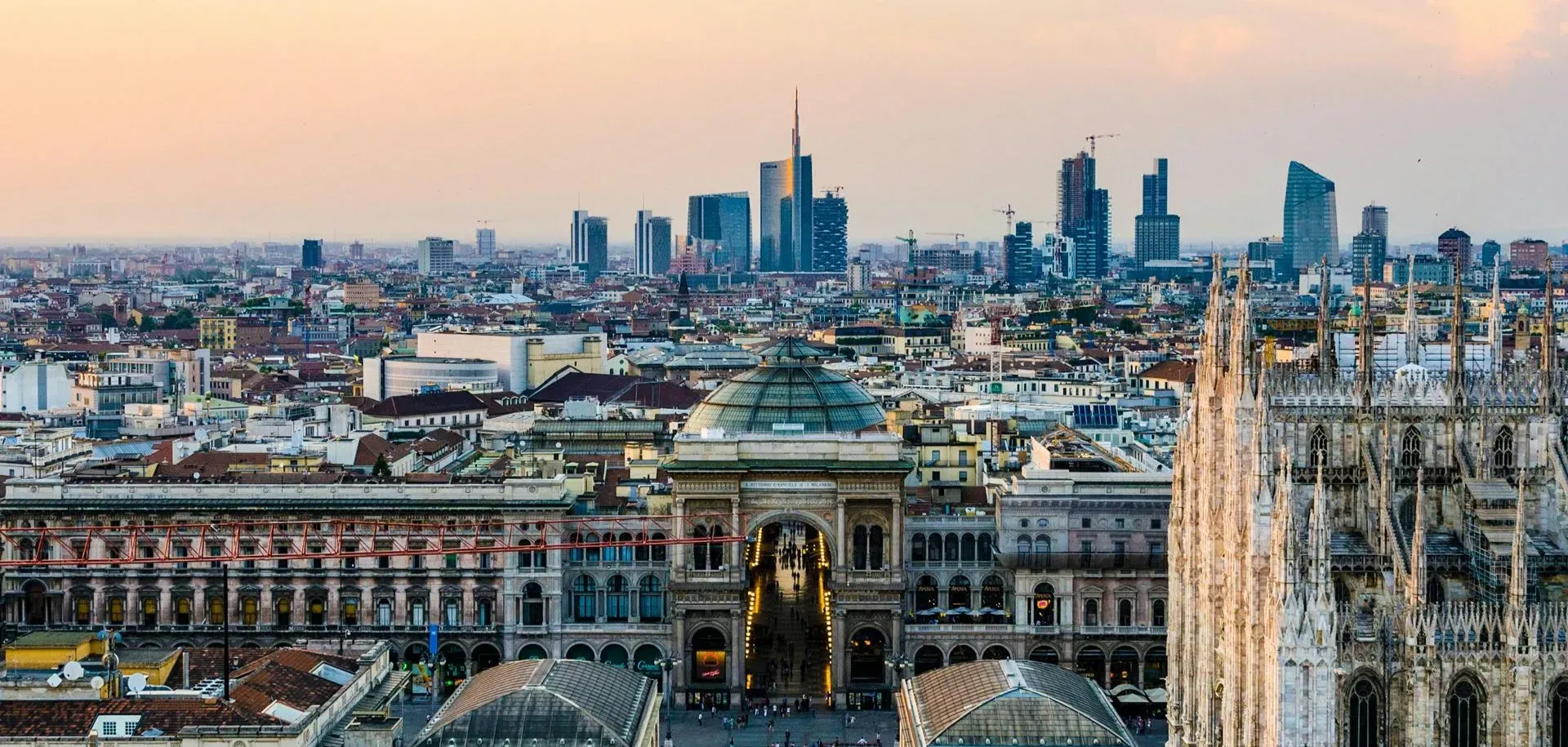
Current job openings
Ready to explore roles right now in Milan’s tech scene? Browse live opportunities on TieTalent only: https://tietalent.com/en/jobs. Shortlist by stack, seniority, and visa status, then set alerts to catch new postings around fintech, data, cloud, and product.
Income tax overview in Italy
Salaries in Milan are taxed nationally under IRPEF, plus regional and municipal surtaxes. Employers withhold tax and social security each month and reconcile at year end.
National income tax (IRPEF)
For 2025 the system uses three progressive brackets:
• 23 percent up to €28,000
• 35 percent from €28,001 to €50,000
• 43 percent above €50,000.
Regional surtax in Lombardy
On top of IRPEF, Lombardy applies a progressive addizionale regionale. Official Finance Ministry tables for 2025 show rates that step from 1.23 percent through 1.73 percent as income rises. The region publishes its brackets each year and they are applied via payroll withholding. www1.finanze.gov.it
Municipal surtax in Milan
Milan also levies an addizionale comunale. The city confirms that the advance payment is calculated using an aliquot of 0.8 percent, with the final calculation aligned to the municipal resolution filed with the Ministry of Economy and Finance. Since 2025 resolutions must mirror the new three-bracket IRPEF structure, check the MEF database for the current thresholds in force for Milan. comune.milano.it
Social security contributions
Employee social security paid to INPS is withheld by the employer. Current INPS tables for 2025 indicate an employee share close to 9 percent of gross pay, with the employer funding the larger portion. Exact percentages vary by sector and insurance class, but the national circular’s summary table lists 8.84 percent on the employee side. inps.it
Work-related tax credits
Employees benefit from standard detrazioni per lavoro dipendente, which reduce the IRPEF due and taper with income. For 2025 the maximum standard deduction is €1,955 up to €15,000 of income, with formulas phasing the benefit between €15,001 and €50,000. These credits are applied automatically in payroll. factorial.it
13th month pay
Most employees receive a mandatory tredicesima in December. It is taxed and subject to social security like ordinary salary, and it does not grant extra work-income deductions. Many collective agreements also provide a 14th payment in summer, which is contractual rather than universal. Fisco e Tasse
TieTalent: Where Teams Are Formed. Join for Free!